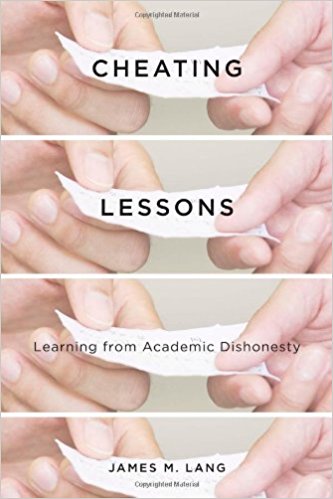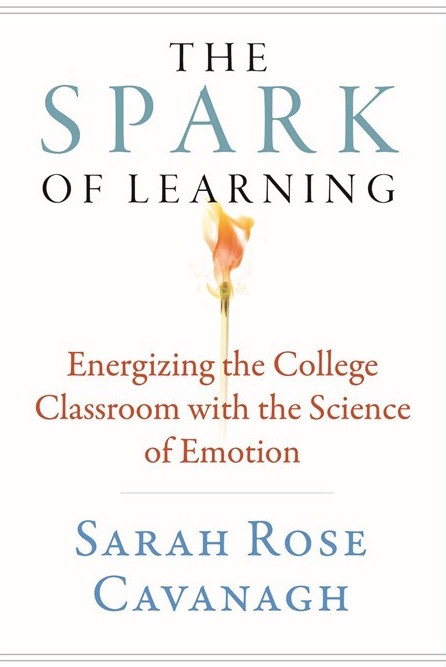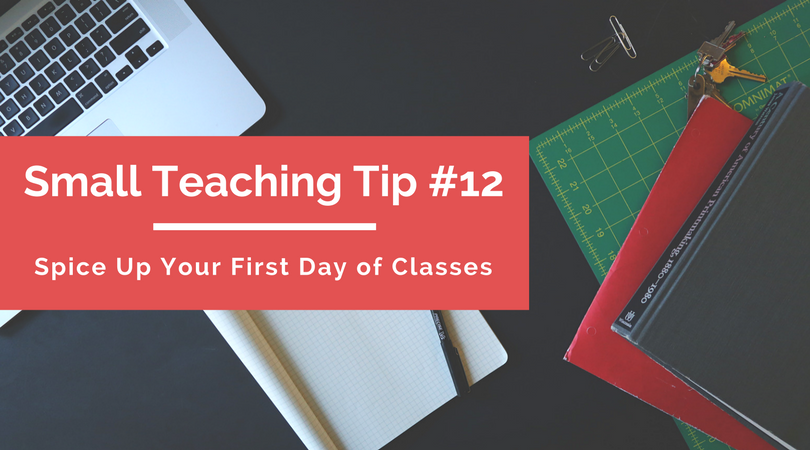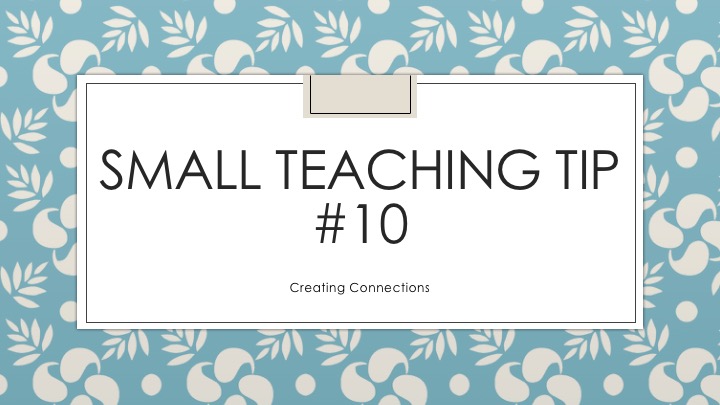[et_pb_section bb_built=”1″][et_pb_row][et_pb_column type=”4_4″][et_pb_text _builder_version=”3.21.4″ z_index_tablet=”500″]
I was inspired by a Faculty Focus article when creating this newsletter. This article spoke about adding role playing activities to your teaching to act as practicum experience but I think you can take it further. The article states, “Role play can be implemented by college instructors and professors as an additional way to increase practice of skills within the confines of a college classroom among peers.” Staying within these constraints, this strategy can be used in almost any discipline. It’s just a matter of creating a scenario or roles/characters and having your students submerge themselves into the activity. Hopefully, during this submersion, they will get to experience a practical skill or what it’s like to be in a specific scenario.
[/et_pb_text][et_pb_text _builder_version=”3.21.4″ z_index_tablet=”500″]
HERE’S HOW IT WORKS:
[/et_pb_text][et_pb_text _builder_version=”3.21.4″ custom_padding=”10px|10px|10px|10px” border_radii=”on|5px|5px|5px|5px” border_width_all=”2px” box_shadow_style=”preset2″ z_index_tablet=”500″]
- Create your outcomes. Write down the outcomes you wish to happen as a result of the activity.
- Write up debrief questions that will let you know if you met your outcomes.
- Create a scenario. Examples include: “You are in a pub in Nazi Germany…,” “It’s Parent-Teacher Conference day…,” “You are a member of FEMA’s first responders after a hurricane disaster…,” “You are on a team of researchers who will look at the effects of exercise on…”
- Create the roles/characters. On notecards, write up the different roles that the students will take on. From the examples above they could by “SS, Jew, Woman, etc.,” “parents of a student with a learning disability, parent of an unengaged student, etc.,”
- During class, post the scenario on the screen. Give each group a stack of role notecards. The students are then given a minute to get familiar with their roles and jump into the scenario.
- Debrief. Set a specific time for the activity to take place then debrief with all the student groups.
[/et_pb_text][et_pb_text _builder_version=”3.21.4″ z_index_tablet=”500″]
Uses:
Just a few of the possible role playing opportunities are:
[/et_pb_text][/et_pb_column][/et_pb_row][et_pb_row _builder_version=”3.21.4″][et_pb_column type=”1_2″][et_pb_text _builder_version=”3.21.4″ z_index_tablet=”500″]
- Classroom management,
- Parent teacher conferences,
- Student teacher conferences,
- Mentoring,
- Historical scenarios,
- Exercise Science testing,
- Disease containment,
- Natural disaster recovery,
- Interview with and Nutritional plan creation for a patient,
- Interview with and Exercise plan creation for a patient.
These are only a few. Let your imagination run wild.
[/et_pb_text][/et_pb_column][et_pb_column type=”1_2″][et_pb_image _builder_version=”3.21.4″ src=”https://blogs.cofc.edu/tlt/files/2019/08/role-play-1.jpg” z_index_tablet=”500″ /][/et_pb_column][/et_pb_row][/et_pb_section]



















